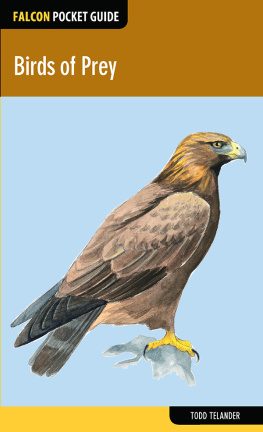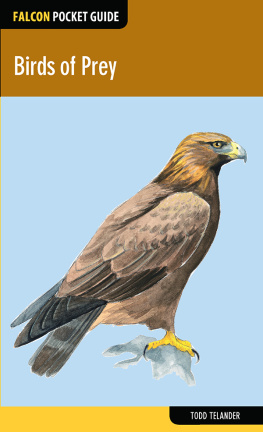Todd Telander - Birds of Florida
Here you can read online Todd Telander - Birds of Florida full text of the book (entire story) in english for free. Download pdf and epub, get meaning, cover and reviews about this ebook. year: 2019, publisher: Falcon Guides, genre: Home and family. Description of the work, (preface) as well as reviews are available. Best literature library LitArk.com created for fans of good reading and offers a wide selection of genres:
Romance novel
Science fiction
Adventure
Detective
Science
History
Home and family
Prose
Art
Politics
Computer
Non-fiction
Religion
Business
Children
Humor
Choose a favorite category and find really read worthwhile books. Enjoy immersion in the world of imagination, feel the emotions of the characters or learn something new for yourself, make an fascinating discovery.

- Book:Birds of Florida
- Author:
- Publisher:Falcon Guides
- Genre:
- Year:2019
- Rating:5 / 5
- Favourites:Add to favourites
- Your mark:
- 100
- 1
- 2
- 3
- 4
- 5
Birds of Florida: summary, description and annotation
We offer to read an annotation, description, summary or preface (depends on what the author of the book "Birds of Florida" wrote himself). If you haven't found the necessary information about the book — write in the comments, we will try to find it.
Birds of Florida — read online for free the complete book (whole text) full work
Below is the text of the book, divided by pages. System saving the place of the last page read, allows you to conveniently read the book "Birds of Florida" online for free, without having to search again every time where you left off. Put a bookmark, and you can go to the page where you finished reading at any time.
Font size:
Interval:
Bookmark:
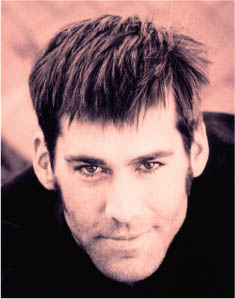
Todd Telander is a naturalist/illustrator/artist living in Walla Walla, Washington. He has studied and illustrated wildlife since 1988 while living in California, Colorado, New Mexico, and Washington State. He graduated from the University of California at Santa Cruz with degrees in Biology, Environmental Studies, and Scientific Illustration and has since illustrated numerous books and other publications. His wife, Kirsten Telander, is a writer and teacher; they have two boys, Miles and Oliver. Todds work can be viewed online at www.toddtelander.com.

Size: Large, but highly variable
Season: Winter in Florida
Habitat: Marshes, grasslands, public parks, golf courses
The Canada Goose is our most common goose and is often found in suburban settings. It is vegetarian, foraging on land for grass, seeds, and grain, or in the water by upending like the dabbling ducks. It has a heavy body with short, thick legs and a long neck. It is overall barred gray-brown with a white rear, short black tail, black neck, and a white patch running under the neck to behind the eye. During its powerful flight in classic V formation, the white across the rump makes a semicircular patch between the tail and back. Its voice is a loud honk. The illustration shows an adult.

Family Anatidae (Ducks, Geese)
Size: 21
Season: Year-round
Habitat: Shallow lakes, ponds, and marshes with nearby trees
The Black-bellied Whistling Duck is a medium-size duck with a flat head, and very long neck and legs, making it appear like a small goose. The back, lower neck, and breast are rusty brown with a black belly, tail, and undertail coverts. The head and upper neck are gray with a dark brown stripe along the crown and nape. The bill is large and orange, and the eyes have white eye rings. The wings are rounded with a long, white stripe, and it holds the head and legs low in flight. Black-bellied Whistling Ducks often feed at night for small invertebrates or plants from marshy fields and ponds. The voice is a series of high, whistled, squeaky notes. It is also known as the tree duck due to its habit of roosting and nesting in trees. An adult is illustrated.

Family Anatidae (Ducks, Geese)
Size: 18
Season: Year-round in Florida
Habitat: Wooded ponds and swamps
The regal Wood Duck is among the dabbling ducks, or those that tip headfirst into shallow water to pluck aquatic plants and animals from the bottom. The male is long-tailed, small-billed, with a dark back, light buffy flanks, and sharp black-and-white head patterning. It also sports a bushy head crest that droops behind the nape. The female is gray-brown with spotting along the under-sides and a conspicuous white, teardrop-shaped eye patch. Both sexes swim with their heads angled downwards as if in a nod, and they have sharp claws to cling to branches and snags. The illustration shows a breeding male, below, and a female, above.
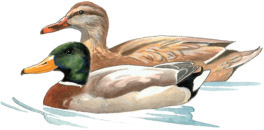
Family Anatidae (Ducks, Geese)
Size: 23
Season: Year-round resident
Habitat: Virtually any water environment, parks, urban areas
The ubiquitous Mallard is the most abundant duck in the northern hemisphere. It is a classic dabbling duck, plunging its head into the water with its tail up, searching for aquatic plants, animals, and snails, although it will also eat worms, seeds, insects, and even mice. Noisy and quacking, it is a heavy but strong flier. The male has a dark head with green or blue iridescence, a white neck ring, and a large yellow bill. The underparts are pale with a chestnut-brown breast. The female is plain brownish with buffy, scalloped markings. It also has a dark eye line and orangey bill with a dark center. The speculum is blue on both sexes, and the tail coverts often curl upward. Mallards form huge floating flocks called rafts. To achieve flight, a Mallard lifts straight into the air without running. The illustration shows a breeding male, below, and a female, above.
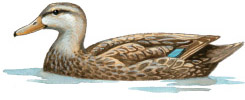
Family Anatidae (Ducks, Geese)
Size: 22
Season: Year-round in Florida
Habitat: Most aquatic areas, coastal marshes
A very close relative of the Mallard, the Mottled Duck is a common dabbling duck with similar foraging habits and quacking voice. In appearance, both sexes are similar to the female Mallard only darker and slightly larger. It is buffy brown overall with a lighter head and neck, and with no white on the tail. The male has a bright yellow bill; that of the female is darker. The greenish spec-ulum is seen primarily in flight. Some consider the Mottled Duck to be a subspecies of the Mallard. The illustration shows an adult male.
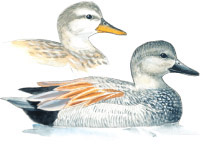
Family Anatidae (Ducks, Geese)
Size: 20.5
Season: Winter
Habitat: Shallow lakes, marshes
The Gadwall is a buoyant, plain-colored, dabbling duck with a steep forehead and a somewhat angular head. The breeding male is grayish overall, with very fine variegation and barring. The rump and undertail coverts are black, the scapulars are light orange-brown, the tertials are gray, and the head is lighter below the eye and darker above. Females and nonbreeding males are mottled brownish, with few distinguishing markings. In flight there is a distinctive white speculum that is most prominent in males. Gadwalls dabble or dive for a variety of aquatic plants and invertebrates, and often gather in large flocks away from the shore. The breeding female (top) and breeding male (bottom) are illustrated.

Family Anatidae (Ducks, Geese)
Size: 14
Season: Winter
Habitat: Marshes, ponds
The Green-winged Teal is a cute, very small, active duck with a small, thin bill. The breeding male is silvery gray, with a dotted tawny breast patch, a pale yellow hip patch, and a distinct vertical white bar on its side. The head is rusty brown, with an iri-descent green patch around and behind the eye. Females and nonbreeding males are mottled brown with a dark eye line and white belly. Green-winged Teals dabble in the shallows for plant material and small invertebrates. They are quick and agile in flight, and sport a bright green speculum. They form very large winter flocks. The breeding female (top) and breeding male (bottom) are illustrated.
Font size:
Interval:
Bookmark:
Similar books «Birds of Florida»
Look at similar books to Birds of Florida. We have selected literature similar in name and meaning in the hope of providing readers with more options to find new, interesting, not yet read works.
Discussion, reviews of the book Birds of Florida and just readers' own opinions. Leave your comments, write what you think about the work, its meaning or the main characters. Specify what exactly you liked and what you didn't like, and why you think so.

